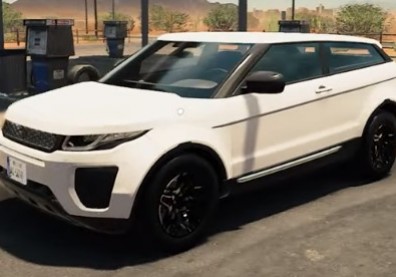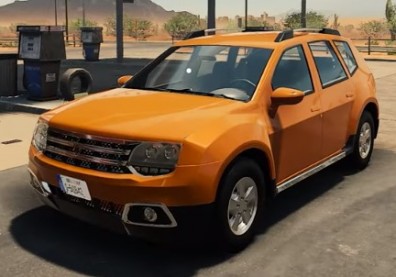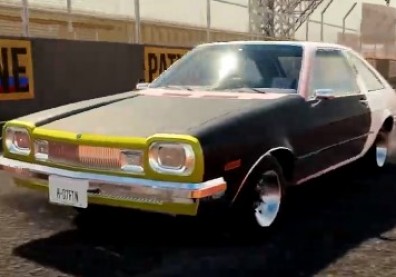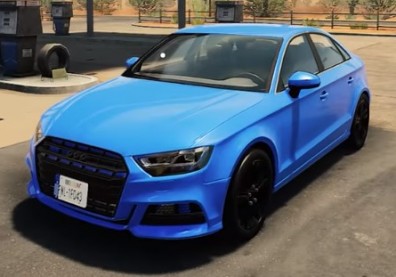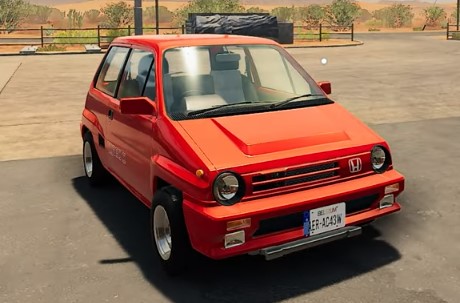
In Car Mechanic Simulator 2021, players can restore cars that are available, ranging from classic Americana muscle cars to compact cars to modern sports cars, using more than 4,000 car parts.
These cars can either be from those that are already installed in the game, from the downloadable content (DLC) car packs, or from the Steam Workshop where they can download car mods.
One of the said car mods is the one for the Honda City Turbo II, a subcompact car that was made by Honda from 1983 to 1986.
How to Restore a Honda City Turbo II
Once they have downloaded the file for the car mod from the Steam Workshop, and pasted it on the game's folder, they can find, and buy, the Honda City Turbo II in the Junkyard, the Barn, and the Car Auction.
Once they have purchased it, according to Boblas' YouTube video, they will wash its body and interior in the Car Wash, then they will transfer it to one of the Car Lifts that are in the Garage.
From there, they will drain whatever oil that is remaining inside the car using the Oil Drain machine, as well as other fluids such as the brake fluid and the coolant using the Drain Tool.
Then, they will disassemble it, and get the parts that they need to repair or restore, until what is left on the Car Lift is the body frame, which they need to repair using the Wielding Machine, then they will detail its interior.
Afterwards, they will repair the parts that they can still use in the restoration project by placing them on the Repair Tables that are in the Workshop. From there, they will play a minigame where they need to hit the green tabs in order to fully fixed the said parts.
On the other hand, the parts that are impossible to be repaired will be replaced with new ones instead, and they will be sold for additional Credits and Scraps.
Once they have the repaired or replaced parts, they can now start reassembling the whole Honda City Turbo II, starting with its engine, which is an I4 DOHC Turbocharger.
To do this on the Engine Stand, they will need the engine block, the crankshaft, the pistons with their rings, the rod caps, the crankshaft bearing caps, the oil pan, the oil filter, the flywheel, the clutch plate, the clutch pressure plate, and the clutch release bearing.
They will also need the engine head, the crankshaft, the spark plugs, the engine head cover, the ignition coils, the fuel rail, the intake manifold, the throttle, the exhaust manifold with its cover, and the fuel filter.
They will also need the cam gears, the timing belt, the timing cover, the alternator, the power steering pump, the water pump, the crankshaft pulley, the idler roller, the serpentine belts, and the belt tensioner.
Once they are done building the engine, they will remove it from the Engine Stand, then they will put it inside the engine bay using the Engine Pulley.
Then, they will install the car's internal parts such as the gearbox, the reservoirs, the brake servo, the battery, the ECU type A, the air filter, the radiator, the fuse box and cover with its new fuses and relays, and the small intercooler.
Then, they will install the rest of the parts, including those for the exhaust pipes, the suspension, and the braking system, as well as the wheels, the body frame, the lights, the windshield and other glass panels, and the parts for the interior such as the seats and steering wheel.
Once they are done reassembling the car, they will fill it up with a new batch of oil and other fluids, then they will paint its body in the Paint Booth.
Then, they will move it to the Test Path room to realign the lights and the wheels, as well as to test the newly-installed braking system.
Then, they will transfer it to the Dyno Test room to tune up the gears in its gearbox and to check the engine's performance. Once they are satisfied with the results, they can now test run their very own Honda City Turbo II.





